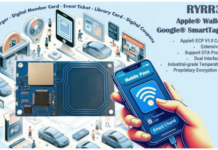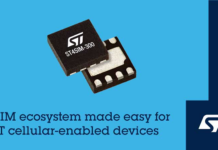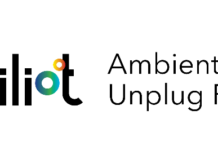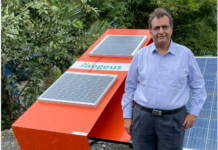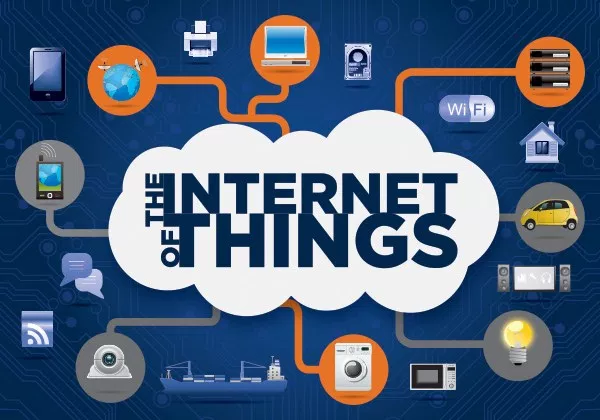
Internet of Things devices present new challenges in testing. Some devices can be tested the same way as standard semiconductors are now tested, but others call for different approaches.
Microcontrollers and other chips that go into safety-critical applications — medical devices, military/aerospace systems, and automotive electronics — need their own kind of testing to make sure they will fulfill their functional safety requirements.
National Instruments, Keysight Technologies and its Ixia subsidiary, Rohde & Schwarz, Spirent, and Tektronix are among the test and measurement vendors addressing the field of IoT device testing.
IoT security testing and IoT software testing are separate yet related areas. CompliancePoint, ForeScout Technologies, Paladion Networks, Praetorian, Rapid7, and Verizon’s ICSA Labs are among the companies providing IoT security testing services. IoT software testing services are offered by Appvance, Cigniti, Cognizant, Infosys, Nordic APIs, Sauce Labs, SimpleSoft, Synopsys, Wind River, and others.
“When we think about the IoT, we think about the hallmarks of sensing and connectivity as being the two main distinguishing factors,” said Luke Schreier, director of automated test product marketing for National Instruments. “These IoT-type devices tend to sense the world around them or interact with the world around them. So, obviously, that makes us think of things like sensors in the IC world. There are a lot of MEMS. On the connectivity side, we start thinking about all the different standards between cellular, and Wi-Fi, Bluetooth. If those two elements are becoming more hallmarks, a large market driver in the IoT, then our perspective on it is there is a need for improvements in the way you test these big-A, little-D kind of devices—high analog content, and less digital.”
RF is the purest analog content. But all of this technology requires a different approach to test.
“We’ve been involved in semiconductor test for the past few years under that premise,” said Schreier. “We don’t claim to have a digital position that’s anywhere near the other ATE players, but the strengths that we’ve had in the lab, characterization labs and prototyping, particularly on RF and analog, gives us a great springboard into a market that’s frankly is having challenges based on a driver like IoT. We certainly see the increased need to lower the cost of test of those devices, because a lot of times you don’t need to throw the ATE designed for memory or microprocessors at those problems. That’s been our thought as we approach the market.”
IoT was a central theme at this year’s annual NIWeek conference and exhibition in Austin, Texas, and the picture that emerged was a nuanced collection of different market segments markets with some common features. This has been one of the big problems with the IoT. Markets are fragmenting, which demands more customization, but economies of scale are derived from commonalities. The goal is to use tools and methodologies across more than one market to help reduce costs and development time.
“Leveraging across the value chain is probably going to be the theme going forward,” said Joey Tun, NI’s principal market development manager in Semiconductor Test. “We are certainly focused on solving LabVIEW to production, and considering extending it all the way to the design tools. In an ideal world, you would have the knowledge and, if you leverage your efforts using EDA tools from companies like Mentor and Cadence, to let test equipment work all the way to the production ATE equipment. Time-to-market drives that need. ‘What can I reuse from all these different stages of the workflow and kind of carry on?’ That could be in the form of leveraging the code or minimizing the set-up times from lab test to a production test, or it could be in the form of training staff.”
Bridge strategies
Some markets are more closely aligned than others, of course. A device aimed for the industrial market is radically different than a smart watch or a connected appliance. And they all have different requirements in terms of reliability, cost, and lifespan.
“When we talk about the IoT, we typically have to segment it between Industrial IoT and the consumer IoT,” said Schreier. “The differences there can end up being pretty distinct. Obviously, we talked a lot about the test of the IoT devices here, and what that requires in terms of sensing and connectivity and the computational power.”
On the industrial IoT side, many of these changes involve “brownfield” applications, which is basically retrofitting and improving existing technology to add connectivity and remote monitoring.
“The electronics have to be really rugged, they have to be low power, they have to be connected, of course, to feed back data, and often they have elements of control built into it,” Schreier said. “Those requirements are pretty distinctly different from the requirements of a smartwatch or a mobile device, where it may be much more focused on streaming bandwidth for video, or the battery life.”
Where possible, companies are pushing programmability into their test equipment to handle these different requirements. Michael Konrad, CEO of Germany’s Konrad Technologies, discussed new equipment for testing low-cost IoT devices in the frequency range of 70 megahertz to 6 gigahertz.
The tester’s firmware can be programmed, according to Laurent Chatard, Konrad’s vice president of sales. “We can make different kinds of test. We can press every needle,” he said on the show floor.
That theme is being echoed by multiple companies.
“A lot of the devices we do for customers are going into the IoT,” said David Park, the vice president of worldwide marketing for Optimal+. “From a quality perspective, customers are looking at IoT devices no differently than any other devices, because they tend to sit on the edge and they may be involved in sensing a lot of data that customers are very concerned about. Hopefully there’s a higher level of quality they’re applying to the testing that they’re doing, but I don’t think people test IoT devices any more stringently than automotive devices, for example.”
Far from it, most likely. “Not all of our customers test everything to an automotive level of quality,” Park said. “If you’re going into a fitness monitor, you don’t have to test for the same thing that’s going into an anti-lock braking system. The whole point is to apply Big Data analytics to help you achieve whatever KPIs (key performance indicators) are important, IoT or otherwise. Because of the literally infinite configurability of our solution, the customer can tune the quality, yield, and efficiency they’re looking to extract out of their supply chain as whatever fits their needs.”
For chip companies, this isn’t necessarily good news because chips need to be customized for individual markets. But for the test industry, this could be very good news. More volume means more opportunity. All chips need to be tested.
“The question is going to be the issue of the quality of the chips—what level of quality is going to be the standard for an IoT device,” said Park. “I don’t actually have an answer for that. Our customers will tell us. It’s whatever the market will bear.”
BY: JEFF DORSCH
Source: semiengineering.com





